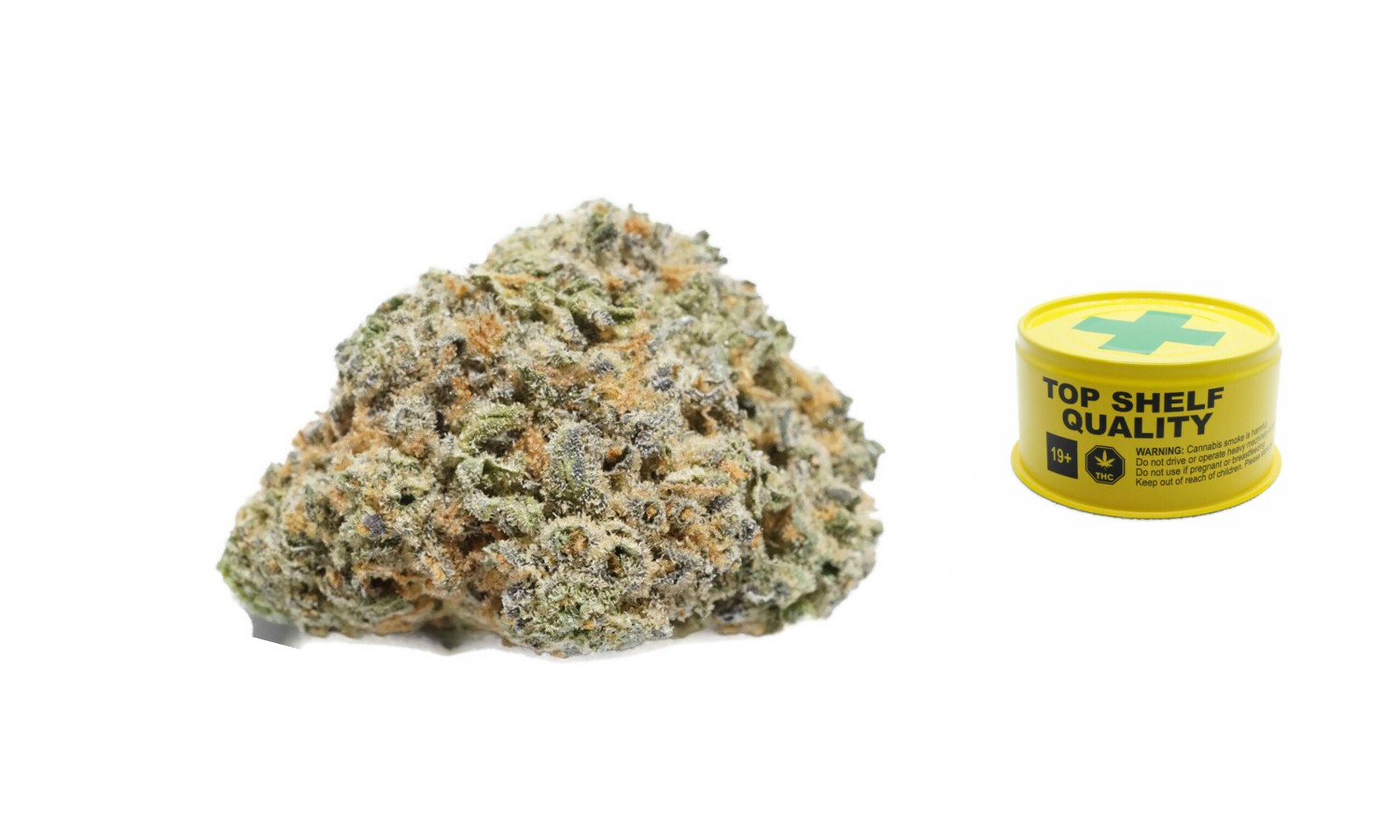

Conversely, Atlantic menhaden (Brevoortia tyrannus), another lipid-rich clupeid, have experienced a resurgence over the past few years within the GOM. The current stock assessment for Atlantic herring, the dominant prey item for ABFT, suggests a reduction in spawning stock biomass and an overall decline in the population, which, given their contribution to historical ABFT diet and high lipid content, may impact ABFT somatic condition and distribution. Historically, ABFT forage has most commonly consisted of Atlantic herring (Clupea harengus), Atlantic mackerel (Scomber scombrus), squids (Cephalopoda), bluefish (Pomatomus saltatrix), and sand lance (Ammodytes spp.). Over the past few decades, abundance, spatial distribution, and physical condition of ABFT have shifted, possibly as a result of trophic changes including the composition, distribution, and/or condition of available prey.
Girthy tunacan how to#
Fisheries managers will now face the challenge of how to manage for high abundance of small pelagic fish, which benefits benthic fishes and mammalian predators and maintain a robust size structure beneficial for top predators with alternative foraging strategies.Ītlantic bluefin tuna (Thunnus thynnus, ABFT) have been a commercially and recreationally valuable species in the Gulf of Maine (GOM) since the early 1950s. Bluefin tuna appear sensitive to changes in the size spectrum of prey rather than prey abundance, impacting their distribution, reproduction and economic value. Furthermore, optimal foraging principles explain a shift in traditional bluefin tuna foraging areas, toward regions with a higher proportion of large herring.

This correlation is consistent with optimal foraging theory, explaining why bluefin tuna condition suffers even when prey is abundant. Specifically, we identified strong correlations between bluefin tuna body condition, the relative abundance of large Atlantic herring Clupea harengus, and the energetic payoff resulting from consuming different sizes of herring. We show that the paradox of declining bluefin tuna condition during a period of high prey abundance is explained by a change in the size structure of their prey. Here we demonstrate these assumptions are not invariably valid across species, and that somatic condition of Atlantic bluefin tuna Thunnus thynnus in the Gulf of Maine declined in the presence of high prey abundance. Standard predator–prey relationships suggest favorable conditions (high prey abundance) should result in successful foraging and reproductive output. Their future populations depend on the environmental conditions they encounter across life history stages and the level of human exploitation. Large marine predators such as tunas and sharks play an important role structuring marine food webs.


 0 kommentar(er)
0 kommentar(er)
